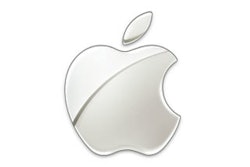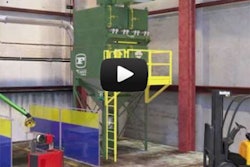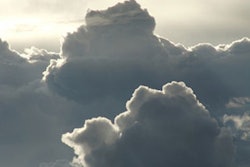TOKYO (Kyodo) -- Sharp Corp. on Saturday marked the 100th anniversary of its establishment in 1912, but the celebratory mood is likely to be dampened as the Japanese consumer electronics maker struggles with an unprecedented crisis.
Saddled with a worst-ever group net loss of 376 billion yen for the business year that ended in March, the Japanese electronics company, known for its Aquos brand TV sets, has made headlines recently mainly for restructuring measures as well as updates on capital tie-up talks with Taiwanese business partner Hon Hai Precision Industry Co.
Reflecting investor concern about the risk of bankruptcy amid the severe business environment surrounding its mainstay LCD business, its share price has dropped around 67 percent since the end of March to trade around 200 yen recently, after briefly falling to as low as 164 yen in August.
On Friday, President Takashi Okuda delivered a speech to employees pledging to carry through restructuring measures such as cuts in personnel costs to return to profitability in the business year starting next April, company officials said.
"Overcoming the difficulties as a whole is the top priority, and I would like to make all of us pledge our determination to transform our company into a new Sharp," Okuda was quoted as telling some 30,000 Sharp employees in Japan.
After starting as a metalworking shop, the firm became a corporate entity under the name of Hayakawa Metal Works Institute Co. in 1924, and could boast being Japan's first company to succeed in mass production of televisions in 1953.
It renamed itself Sharp in 1970, the name coming from the "Ever-Ready Sharp Pencil," a mechanical pencil invented by founder Tokuji Hayakawa. Also including scissors and a compass, the multifunctional product became a hit in Europe and the United States as well as in Japan, helping the company to expand its business.
Sharp concentrated its resources on liquid crystal displays from the late 1990s under the leadership of Katsuhiko Machida, who is now an adviser.
"We will replace all TVs sold in Japan with LCD ones by 2005," Machida said in 1998, the year he became president of the company. Though his pledge was perceived by others as "unrealistic" at the time, according to company spokeswoman Miyuki Nakayama, the company contributed to the spread of LCD TVs globally.
In 2005, the company had the leading revenue share of 17.6 percent in the worldwide LCD market, while dominating the Japanese market with a 44.3 percent share, according to research firm NPD DisplaySearch.
Also boosted by brisk sales of its mobile phones, Sharp reported a record-high group net profit of 101.92 billion yen and sales of 3.42 trillion yen in the business year through March 2008, before its mainline TVs experienced heavy competition from South Korean rivals.
Investments to build LCD panel plants in Kameyama, Mie Prefecture, and Sakai, Osaka Prefecture, in the 2000s totaled 945 billion yen.
Sharp's strategy to focus its resources on the LCD business to create new products in its area of strength "fit with the times," said Mana Nakazora, chief credit analyst at BNP Paribas Securities (Japan) Ltd. But its decision to cling to the sector and try to enhance its LCD technology has forced the company into a corner, she said.
"It is not good to dwell upon past glory," she added, noting that this is not only a problem for Sharp, but for some other Japanese electronics makers, too, which place emphasis on limited segments and suffer from oversupply of products.
"It is good to have successful experiences, but managers need to draw up blueprints for directions in which to move forward," Nakazora said.
As for Sharp, it may need to leave the Aquos brand behind and concentrate on making components for other companies instead, utilizing its technological capabilities to survive the crisis, she said. But what the company has to do now is to show that it is going to stay in business, she added.
"To find out the next step, the management needs to declare it will survive," she said. "It needs to make an announcement about a tie-up with Hon Hai, conduct restructuring measures thoroughly and secure solid support from banks...Then it has to hammer out how it will keep operating as the new Sharp."
Meanwhile, there are some bright spots involving its unique technology that could shore up the company's efforts to mount a recovery.
The company has said that accumulated sales of its products equipped with "Plasmacluster" air purifying technology reached 40 million units worldwide by the end of June, with the application of the technology spreading to various products from air conditioners in vehicles to lighting.
It is also seeing stronger-than-expected demand for its Cocorobo robot vacuum cleaner released in early June, though its retail price is set at around 130,000 yen, higher than prices of rival products. The product features the ability to recognize and respond to simple voice commands and questions.
"Due to favorable sales, the production volume of Cocorobo is considerably exceeding the initial plan of 10,000 units a month," said Sharp's Nakayama.






















